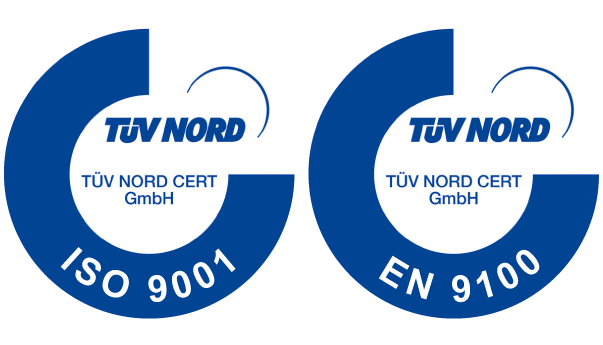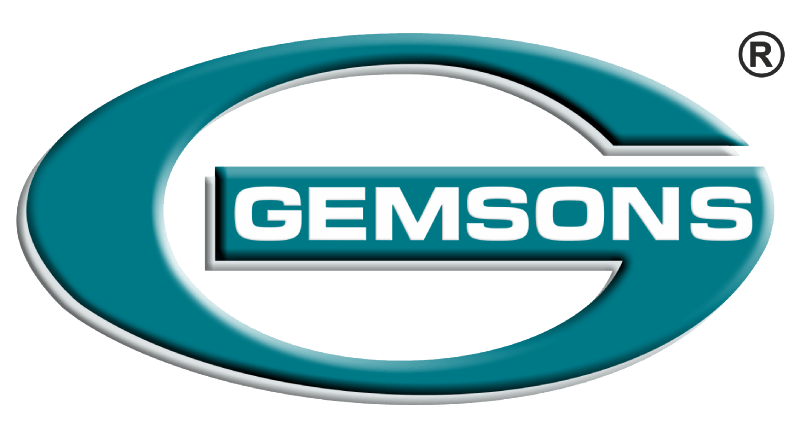Where sweltering molten metal is poured into moulds and turned into high-strength aluminium and steel castings known as precision casting or lost wax casting, this process is ancient and backs more than 5,000 years and was used for composing art and jewellery over the centuries. Today, this type of casting is seen as a prospect by many industries seeking lightweight and complex components.
Variables such as design requirements, cost, and achievability to manufacture through casting preparation are most appropriate for fabricating an item.
Investment castings produce exact components whereas minimizing fabric squander, vitality, and ensuing machining. It can moreover guarantee the generation of exceptionally perplexing parts. This makes the investment casting handle very valuable to design engineers.
Process of investment casting:
- For creating pattern
It utilizes a design with the same points of interest as the final piece but a remittance for thermal compression (i.e. shrinking).
Patterns are ordinarily made of wax employing a metal infusion pass on.
- Mounting the wax pattern
Once a wax pattern is designed, it is assembled with other wax components to form the way and runner metal delivery system.
Depending on the size and configuration of the desired finish part, multiple wax patterns may be concocted.
- Creating mould shell
The entire wax design assembly is dipped in a ceramic slurry, covered with sand stucco, and left to dry.
Cycles of wet dipping and subsequent stuccoing are replicated until a shell of the desired thickness is formed. That thickness is partly dictated by product size and configuration.
Once the ceramic shell has dried, it displays sufficiently strong to retain the molten metal during casting.
- Wax removal
The entire equipment is placed in a steam autoclave to melt away most of the wax.
Any leftover wax soaked into the ceramic shell is burned out in a furnace. At this time, the residual wax pattern and gating material have been completely removed. The ceramic mould remains with a cavity in the shape of the desired cast part.
This high-temperature procedure also increases the strength and stability of the ceramic material. Also, it helps to minimize the reaction of the shell and metal during pouring.
- Melt and cast
The mould is preheated to a particular temperature and loaded with molten metal, creating the metal casting.
Almost any alloy can be created using this process. Both air melting or vacuum melting may be applied as dictated by the alloy chemistry. Vacuum melting is used mainly when reactive elements are already in the alloy.
- Final Part
After the casting has cooled adequately, the mould shell is broken away from the casting in knockout action.
The gates and runners are cut from the casting, and if required, final post-processing sandblasting, grinding. Machining is performed to complete the casting dimensionally.
Non-destructive testing may carry fluorescent penetrant, magnetic particle, radiographic, or other inspections. Final dimensional inspections, alloy test results, and NDT are verified before shipment.
The main advantages of investment casting are :
- Finishing
Investment casting uses a ceramic mould that can provide an enormously smoother finish.
- Production
Investment castings cut down on labour rate and produce faster loading times because it dramatically reduces the amount of machining required after casting.
- Affordable
Investment casting demands less expensive equipment and is inherently less dangerous, allowing prices to remain low.
- VersatilityThere is a diversity of materials that can be utilized for investment casting, ranging from bronze, stainless steel, and even aluminium.
Thus, Gemsons are proficiently able of sourcing geometrically abstract investment castings that are precisely created to net shape that reduces the need for excessive secondary machining.


Recent Comments